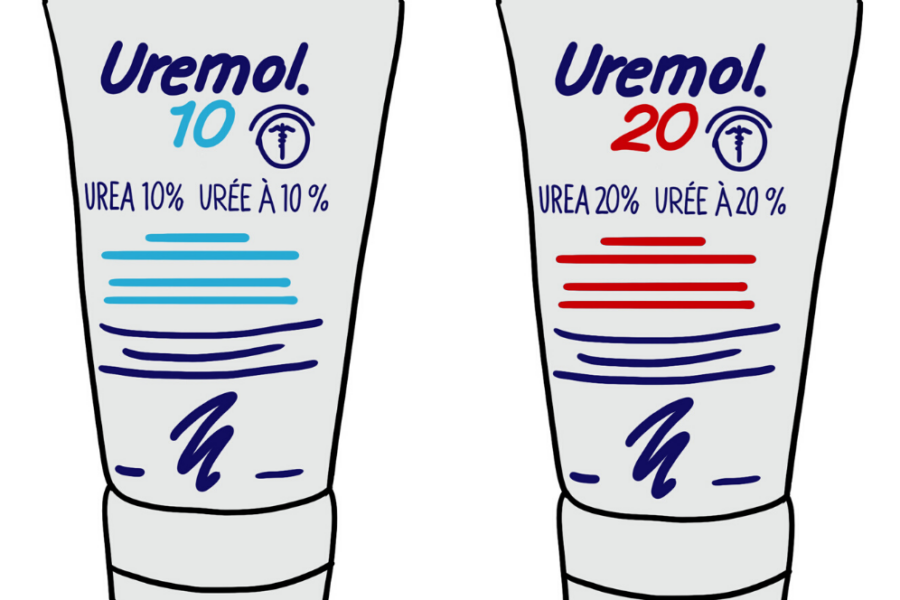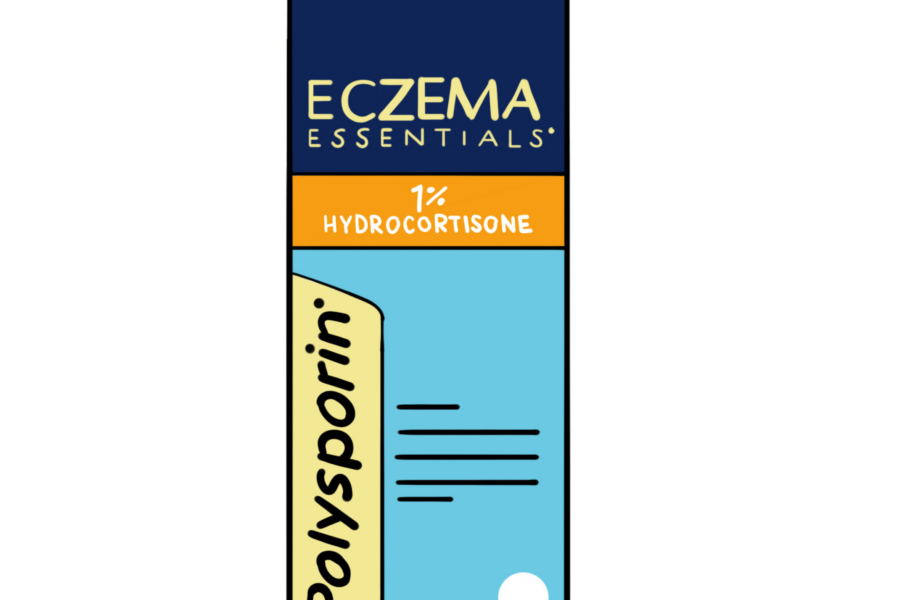When handing out antibiotics to patients in the pharmacy, we often get asked if taking a probiotic along with it is helpful for preventing antibiotic-associated diarrhea. Similarly, many women who are prone to getting a yeast infection following antibiotics often ask if probiotics would be useful for prevention. The short answer is that, yes, there are certain probiotics that may help with these conditions. But the real question should be: which specific probiotic should be used to treat a specific condition?
What are probiotics?
Probiotics are live microorganisms that, when taken in sufficient amounts, provide a health benefit to the host (i.e. your body). Probiotics are often called “friendly” or “good” bacteria because they are similar to the beneficial microorganisms that are normally found in the body. There are many ways these good bacteria are thought to provide benefit, including suppressing the growth of “bad” (disease-causing) bacteria, enhancing immune function, or enhancing movement of the bowels. Although the term “probiotics” is often used as an umbrella term to describe a variety of different microorganisms, it is important to know that there are significant differences between different species and strains of bacteria and that the evidence for some is not as good as for others.
Why take probiotics?
The rationale for the use of probiotics is based on the idea that they can restore the normal bacterial flora (or community) that typically exists in the certain parts of the body of a healthy individual (e.g. gut or vagina). Probiotics have a potentially beneficial role in any condition that can negatively affect the naturally occurring good bacteria in our bodies – including stress, inflammation, a low fibre diet, infections and antibiotic use.
Is there good evidence behind the use of probiotics?
The answer to this question depends on what you want to prevent or treat. As mentioned above, there are a number of different types and strains of probiotics so not all probiotics will do the same thing and there isn’t one single probiotic that can be used for everything. The key is to choose a specific probiotic that has been studied for a specific condition and to use an amount that has been shown to provide benefit. However, it’s important to also be aware that although there have been many promising studies in this area, better quality and longer-term studies are still needed to determine the optimal dose of each probiotic as well as the ideal treatment duration.
Using the clinical studies that have been done so far, we have provided you with a list of specific probiotics that have been shown to be effective for specific conditions. We included brand names that contain the probiotic strains used in the studies as they are much easier to pronounce than the proper name! You should be able to find these products at your local pharmacy or natural health product store.
Irritable Bowel Syndrome
Tuzen® (Lactobacillus plantarum 299v)
Activia® (Bifidobacterium lactis DN-173-010)
Align® (Bifidobacertium infantis 35624)
Antibiotic-associated diarrhea
Florastor ® and Florastor Kids ®(Sacharomyces boulardii)
Bio-K+® (Lactobacillus acidophilus CL1285® + L. casei LBC80R)
BioGaia® (L. reuteri protectis DSM 17938)
DanActive® (L. Casei DN 114-001)
Vaginal Health
Provacare® (Lactobacillus rhamnosus Lcr35)
RepHresh® Pro-B™ and Fem-Dophilus® (L. rhamnosus GR-1, L. reuteri RC-14)
Note: It is recommended that probiotics are taken at least 2 hours before or after an antibiotic in order to avoid the antibiotic minimizing the effect of the probiotic. It’s also a good idea to continue taking the probiotic for a couple of weeks after finishing the course of antibiotics since side effects can persist.
Are probiotics safe?
Despite the need for more studies, probiotics have an excellent safety profile and are generally regarded as safe to use in otherwise healthy people, both adults and children alike. Potential side effects (gas, bloating) are minor and uncommon. However, there may a risk of infection with the use of probiotics in patients with suppressed immune systems and people with certain other chronic health conditions.
Bottom line:
There have been numerous studies using various probiotics conducted in humans and research is ongoing. The key is to choose a specific probiotic that has been studied for a specific condition. For most healthy people, there is little risk with probiotic use and it is worth a shot if you are prone to diarrhea or yeast infections due to antibiotics. You should always speak to your own healthcare provider before starting a supplement in order to determine what is safe for you.
The Health Aisle Team
References:
Anukam KC, Osazuwa E, Osemene GI, Ehigiagbe F, Bruce AW, Reid G (2006). Clinical study comparing probiotic Lactobacillus GR-1 and RC-14 with metronidazole vaginalgel to treat symptomatic bacterial vaginosis. Microbes Infect, 8 (12-13): 2772-2776.
Aragon G, Graham DB, Borum M, Doman DB (2010). Probiotic therapy for irritable bowel syndrome. Gastroenterol Hepatol, 6(1): 39-44.
Canadian Paediatric Society Position Statement (2012). Using probiotics in the paediatric population. Accessed Jan 9, 2013 at < http://www.cps.ca/documents/position/probiotics-in-the-paediatric-population>
D’Souza AL, Rajkumar C, Cooke J, Bulpitt CJ (2002). Probiotics in prevention of antibiotic associated diarrhoea: Meta-analysis. BMJ, 324(7350):1361.
Gao XW, Mubasher M, Fang CY, Reifer C, Miller LE (2010).Dose-response efficacy of a proprietary probiotic formula of Lactobacillus acidophilus CL1285 and Lactobacillus casei LBC80R for antibiotic-associated diarrhea and Clostridium difficile-associated diarrhea prophylaxis in adult patients. Am J Gastroenterol, 105(7): 1636-1641.
Hempel S, Newberry SJ, Maher AR, Wang Z, Miles JN, Shanman R, Johnsen B, Shekelle PG (2012). Probiotics for the prevention and treatment of antibiotic-associated diarrhea: a systematic review and meta-analysis. JAMA, 307(18): 1959-1969.
Johnston BC, Goldenberg JZ, Vandvik PO, Sun X, Guyatt GH (2011).Probiotics for the prevention of pediatric antibiotic-associated diarrhea. Cochrane Database Syst Rev. (11):CD004827.
Martinez RC, Franceschini SA, Patta MC, Quintana SM, Candido RC, Ferreira JC, De Martinis EC, Reid G (2009). Improved treatment of vulvovaginal candidiasis with fluconazole plus probiotic Lactobacillus rhamnosus GR-1 and Lactobacillus reuteri RC-14. Lett Appl Microbiol, 48(3): 269-274.
McFarland LV, Dublin S (2008). Meta-analysis of probiotics for the treatment of irritable bowelsyndrome. World J Gastroenterol, 14(7):2650–2661.
Reid G, Charbonneau D, Erb J, Kochanowski B, Beuerman D, Poehner R, Bruce AW (2003). Oral use of Lactobacillus rhamnosus GR-1 and L. fermentum RC-14 significantly alters vaginal flora: randomized, placebo-controlled trial in 64 healthy women.

